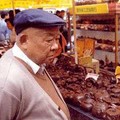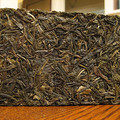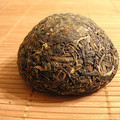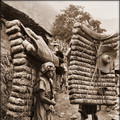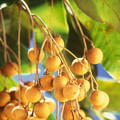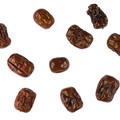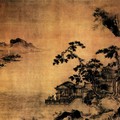 1 review
Added 09.12.2013 by Ondřej,
Tea status: [303] A
5344x
1 review
Added 09.12.2013 by Ondřej,
Tea status: [303] A
5344xCategory: Pu-erh
Country: China
Province: Yunnan
Date of production: private production “Zhong Cha Gong Si”
Shop: PU-ERH.sk
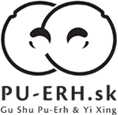
Tags: Shu - Ripe Puerh , Brick , Tea from 2000 till 2004
Description:
„tailor-made” private production “Zhong Cha Gong Si”
This tea was stored for the whole time in Guangzhou, moved to Taiwan in July 2013.
7581 is the number and formula which originated in Kun Ming Tea Factory, the earliest production was in 1970 decade and famous for the fragrance of jujube. 75 means the year they started to use this recipe, the 8 means the grade of tea leaves are larger and older and with some stems, the 1 refers to the factory code which is CNNP
This 7581 year 2002 is really different from year 1998, because the tea leaves are bigger than year 1998 one, the taste is sheng and shu together.

 Shops
Shops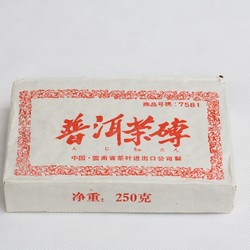





 Share on Facebook
Share on Facebook










